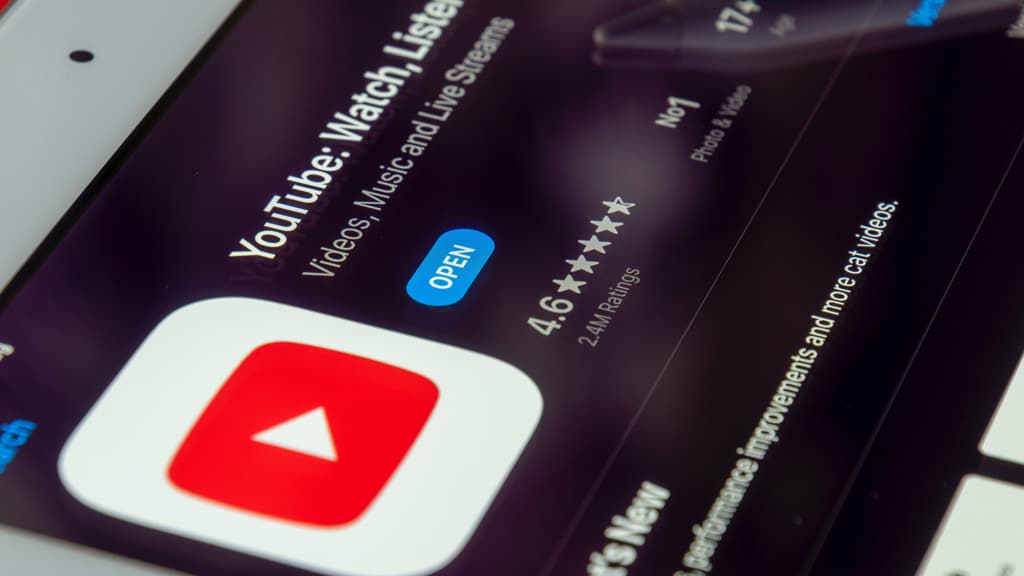
How Musicians Can Manage Multi-Destination Tours
Years after the pandemic, the live music industry has experienced a noticeable rebound, with a reported 20% increase in attendance, reaching 145 million attendees in 2021 alone. Also, ticket sales for the top 100 tours all over the world surged by 46%, totaling $9.17 billion, and it’s been an uptrend ever since.
This growth means there’s great demand for live performances, which you may have to counter with efficient tour planning so you won’t miss any opportunity while the heat is on. So, no matter the juggling of tight schedules, fluctuating travel conditions, and the need to deliver stellar performances night after night, you can never disappoint your fan base–your clients.
No fret; you can always have these must-dos to get you going and always on top of your trade.
Strategic Route Planning: Your Tour’s Backbone
Your tour’s blueprint needs to start with more efficient route planning; it’s the cornerstone of a successful tour, wherever your destination may be. While Google Maps offers basic multi-stop routing, it lacks automatic optimization for multiple destinations, not to mention losing its tracks when plagued with connectivity issues.
So, to make sure you’re power backed in efficiency, you may consider using specialized tools like Google Maps Platform’s Route Optimization API. This might just be what you need to optimize routes based on the many probable setbacks you may encounter, like time windows and vehicle capacities.
However, for a more tailored solution, platforms like Circuit for Teams provide automated route planning, allowing you to input multiple destinations and receive the most efficient route. This tool is particularly beneficial for coordinating complex tour schedules and ascertaining your timely arrivals at each venue.
Choosing the Right Tour Routing Tools
When looking for and choosing the best routing tool for your tour, remember it’s about convenience and, at the same time, it’s about making sure you stay on track, on time, and fit your budget’s slot.
You can even insert some gigs with the right tools, like teaching music online, if you’re able to balance all your schedules perfectly. This way, you share your talent while working your way to more funds for your next tour. Just make sure to find means and narrow down your options, like:
- Know Your Route Volume
If you’re planning a complex tour with many appointments and stops to accommodate your fans, a high-capacity tool like Circuit for Teams can help you optimize multi-destination planning with automated routing options.
- Assess Schedule Flexibility
Are your stops locked in or likely to change anytime? Many platforms can now adapt better to last-minute updates or changes. Some of these tools are packed with real-time adjustments and dynamic re-routing, which are quite crucial for flexibility and accessibility.
- Consider Collaboration Features
Most of the time, touring is rarely a solo act, with all the backups, instrumentalists, and other artists in one pack. This is why you may need to look for apps that support team notifications, shared schedules, and task assignments, just so no one’s lost (or late) every music scene.
- Check for Integration Compatibility
Make sure your tool syncs with your calendar, GPS, or other logistics platforms to streamline everything from bookings to venue check-ins.
- Start Simple If Needed
If your tour is small or you’re just starting out, some basic options like Google Maps or TripIt might be all you need. Having the right tools can save you time, thaw out stress, and help you focus on what really matters: your performance in every queue.
Also, keeping a buffer time between locations and booking accommodations within 10–15 miles of the next venue can also help reduce your fatigue and avoid “shortness of breath” or worse, missed showtimes.
Embracing Technology for Seamless Coordination
Today’s ever-evolving tech can already offer you a set or suite of tools to streamline your tour logistics, like:
- Artist Growth
It’s a cloud-based platform that can assist you in managing your tour schedules, finances, and team collaboration, no matter how intricate they may seem.
- TripIt and Roadtrippers
These trendy apps can help you organize all your travel itineraries, with Roadtrippers being quite quick in finding some interesting stops along your route.
Broadening Your Reach Through Localized Insights
Whether you’re planning to perform in a traffic-filled urban region, a more laid-back and quieter rural setting, or across international borders, understanding and observing each area’s cultural and logistical needs can be quite crucial.
So, it may be more advantageous if you look into their local traffic trends, event regulations, and audience behavior to fine-tune each of your stops. Somehow, this will help you level up your engagement and avoid possible run-ins with “negativity” tied to unfamiliar destinations.
Final Notes: Harmonizing Planning and Performance
Managing a multi-destination tour may need you to pack a harmonious blend of strategic planning and technological integration, no matter how intricate they may seem. When you arm yourself and your team with competent high-end tools and modern platforms, you can ensure a smoother tour experience, allowing you to deliver unforgettable performances to your audience.





